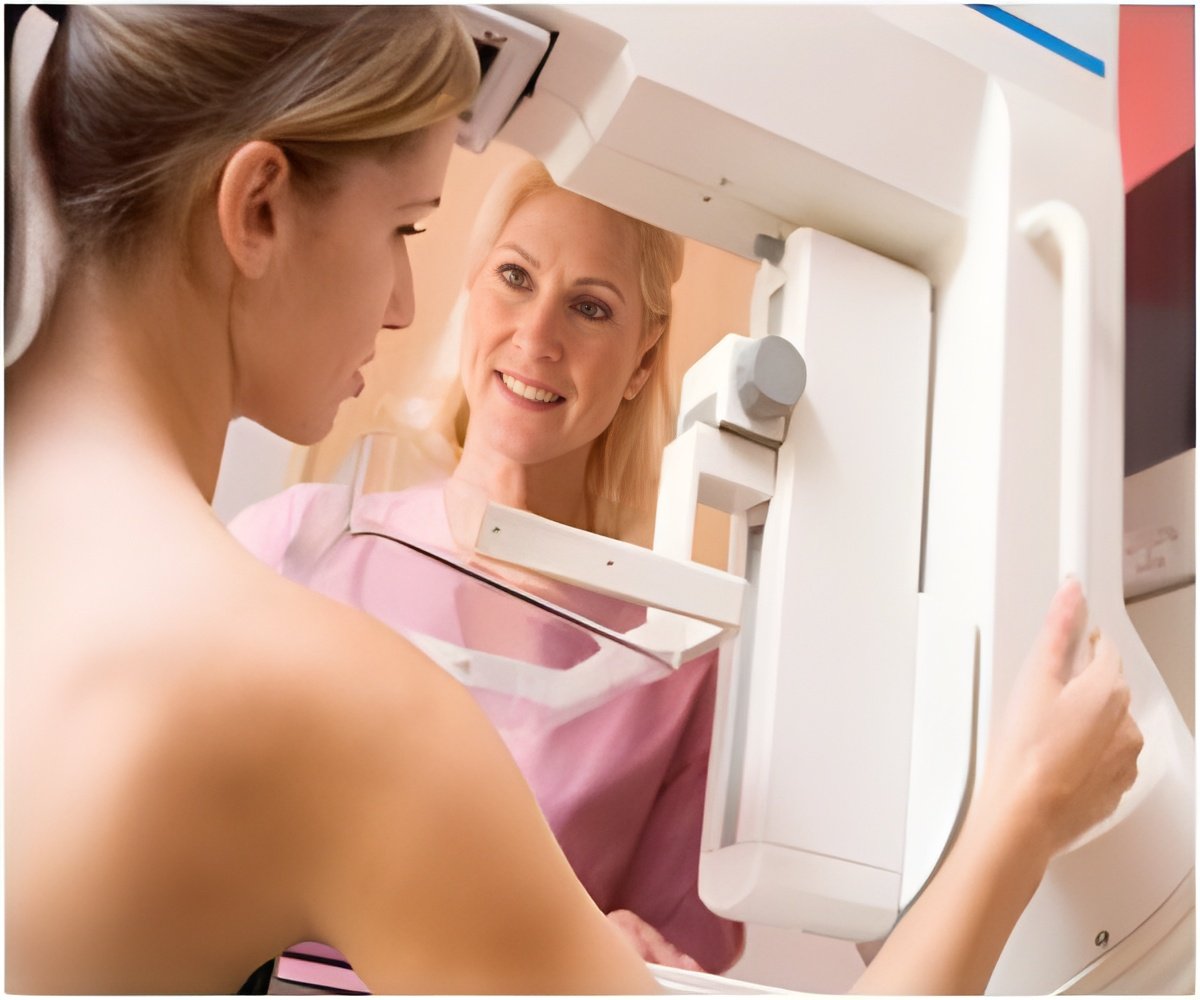
"Other research has found that women living in disadvantaged neighborhoods are more likely to be diagnosed with more biologically aggressive forms of breast cancer," said Jenna Khan, M.P.H., a doctoral candidate in epidemiology at the University of Illinois at Chicago Division of Epidemiology and Biostatistics. "The disproportionate lack of access to high-quality screening for these women who may actually need it the most is likely to be contributing to racial and socioeconomic disparities in breast cancer stage at diagnosis and survival."
Khan and colleagues, in collaboration with the Metropolitan Chicago Breast Cancer Task Force, defined an index of social disadvantage from the 2010 census tract data on the percentage of families below the poverty line, families receiving public cash assistance or food stamps, unemployed persons and female-headed households with children.
They created an index of affluence based on the percentage of families with incomes of $100,000 or more, adults with at least a college education and adults with white-collar jobs.
Their data revealed that when compared with tracts considered to be less socially disadvantaged, more socially disadvantaged tracts were less likely to be located near any facility (47 percent versus 66 percent), facilities designated as American College of Radiology-accredited Breast Imaging Centers of Excellence (BICOE; 7 percent versus 36 percent), facilities that offer diagnostic mammography (44 percent versus 52 percent), facilities with at least one breast imaging-dedicated radiologist (31 percent versus 60 percent) and facilities with digital machines (32 percent versus 53 percent).
Similarly, those tracts designated as less affluent were less likely than more affluent tracts to be located near any facility (30 percent versus 77 percent), BICOE-designated facilities (1 percent versus 37 percent), facilities that offer diagnostic mammography (23 percent versus 61 percent), facilities with at least one breast imaging-dedicated radiologist (27 percent versus 71 percent) and facilities with digital machines (16 percent versus 61 percent).
Advertisement
The study was funded by the Susan G. Komen for the Cure Postbaccalaureate Training in Disparities Research Grant, awarded to the University of Illinois at Chicago.
Advertisement












